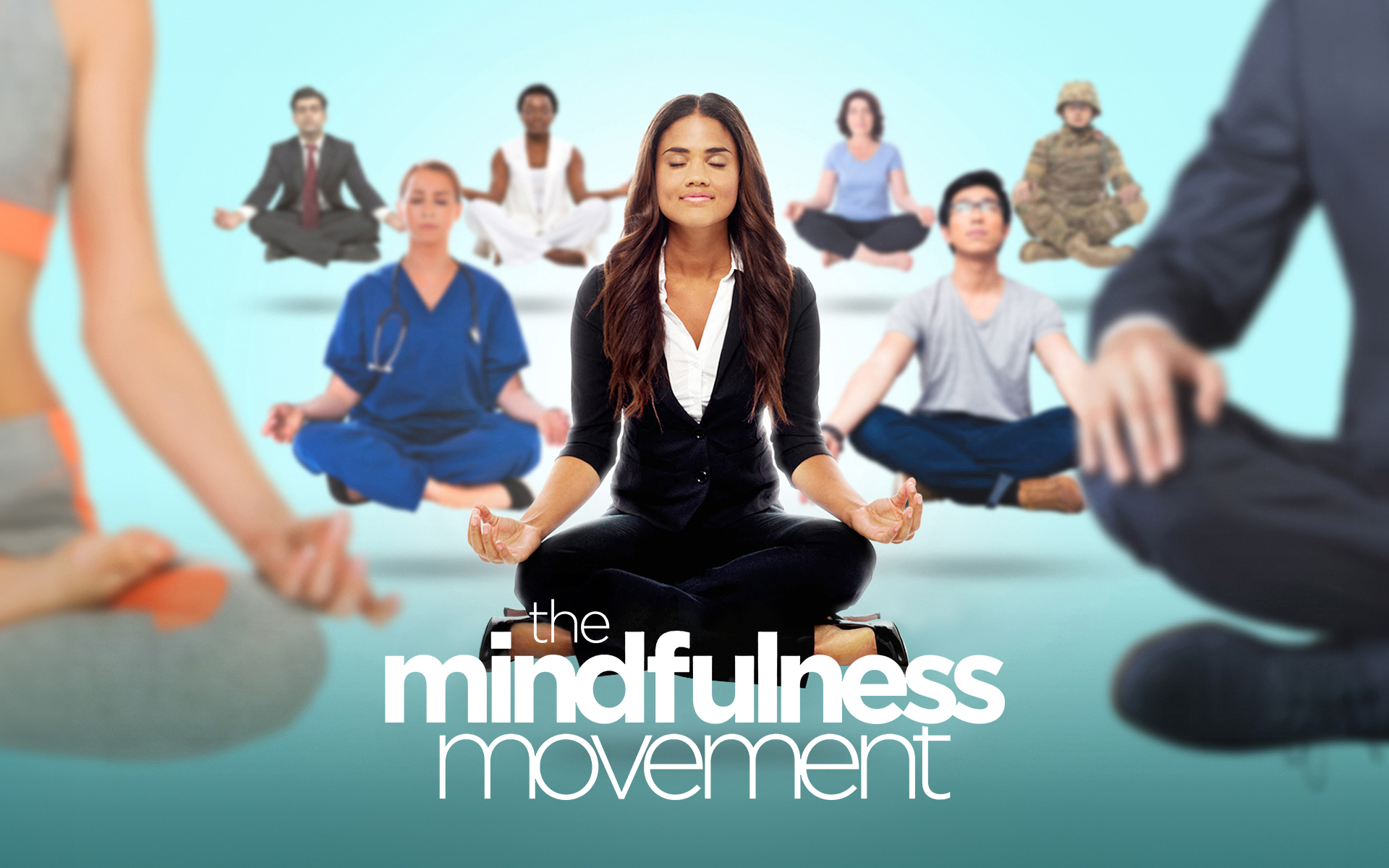This article is independently researched and written by the Mindful editors. However, we may earn affiliate revenue if you purchase via links included.
So many images of people engaging in meditation focus on a single moment, when the subjects are at their most serene, as if nothing could disrupt their perpetual bliss. They look for all the world like people who have their lives together.
Of course, there’s nothing wrong with capturing a moment of feeling good, and mindfulness does often bring a sense of relaxation and inner calm.
However, it’s also understandable that some people look at those images and can’t quite relate. That serenity doesn’t feel like their reality.
They want to know: What’s really going on in our brains and bodies when we practice mindfulness? And what, frankly, does mindfulness have to offer those of us who don’t particularly feel like we have our lives together?
A new documentary on PBS directed by Rob Beemer aims to answer these questions (and more) in the most accessible, straightforward, and relatable ways possible.
Featuring interviews with mindfulness luminaries like Sharon Salzburg, Deepak Chopra, Jewel, Dr. Richard Davidson, Jon Kabat-Zinn, and more, The Mindfulness Movement walks viewers through the science behind why mindfulness works and the stories of how mindfulness is making a difference in individual and community lives.
By following the stories of real people, we get to see the honest progression of our often-wobbly mindful journeys. From crisis to reaching out for help to unsteady practice to the long road of healing, we see the truth: that mindfulness is precisely designed to meet us where we are in any given moment.
Here are some insights that The Mindfulness Movie brings to light.
Four Key Takeaways from The Mindfulness Movement
1. Mindfulness is about learning to love the life you have
Early on in the movie, Jon Kabat-Zinn makes the observation that mindfulness isn’t about trading in your current life for some shinier life. Rather, the practice is rooted in accepting life as it is, right now, without judgment and with great compassion.
This approach is so counterintuitive in a world that’s constantly telling us we should be striving for “more” and “better”—but part of why mindfulness is such an effective catalyst for change is that it doesn’t try to circumvent what’s difficult. Rather, it builds our capacity to be with every experience, pleasant or unpleasant, without having to deny, distract, or numb ourselves.
2. Mindfulness is a versatile resource for growth and healing
As we follow the stories featured in this movie, it’s striking to notice the wide variety of situations where mindfulness plays a role in healing and change. We see people dealing with the trauma of growing up in painful and dysfunctional family systems. We hear about healing from illnesses and recovery from addiction from people of all walks of life. We see how meditation plays a role in addressing PTSD in veterans, law enforcement officers, and first responders.
We see mindfulness at work in schools, workplaces, medical institutions, and prisons. In each place, the teachers are sensitive to the specific needs of the communities they’re serving and adjusting practices to meet those needs.
3. We can see how mindfulness affects the brain and why it works
From interviews with neuroscientists, physicians, molecular biologists, and psychologists, it becomes clear that the effects of mindfulness can be seen and measured. It is not just theoretical. If you’re curious about what’s at work in the brain and body during meditation, this movie offers a wonderful introduction to the science behind mindfulness.
4. Mindfulness works at both an individual and a community level
We often hear about the individual changes that happen when someone starts a mindfulness practice, which are impressive on their own. But The Mindfulness Movement also demonstrates why mindfulness is a powerful tool for community change, and why the ripple effect is real.
Schools can measure the reduction of behavior issues and school violence. Workplaces can assess improvements in communication, quality of leadership, and employee well-being. Police forces can point to less reactivity in their officers and better emotional regulation in stressful situations. Physicians can see the improved healing rates for cancer patients.
Throughout the film, there is also a larger story being told: that mindfulness, in all its quiet simplicity, actually has the capacity to bring significant healing to human suffering (of all kinds), and to promote genuine flourishing in individual and community life.
Dan Harris, former ABC anchorman and author of the book 10 Percent Happier, sums up why mindfulness really is a movement that’s gaining mainstream traction. As he puts it, “I think meditation is the next big public health revolution. If a sizable portion of the population is less emotionally reactive, what kind of impact could that have? In the classroom, in parenting situations, in workplaces, in our politics, in our relationships? This has the potential to have a genuine social impact.”
Watch The Mindfulness Movement
With a Mindfulness Plus+ membership, you’ll get access to over 2000 premium mindfulness resources on Mindfulness.com, including this extraordinary film featuring interviews and insights from mindfulness luminaries like Jon Kabat-Zinn, Deepak Chopra, Dr. Richard Davidson, Sharon Salzberg, Dan Harris, and many more. Learn more here.





